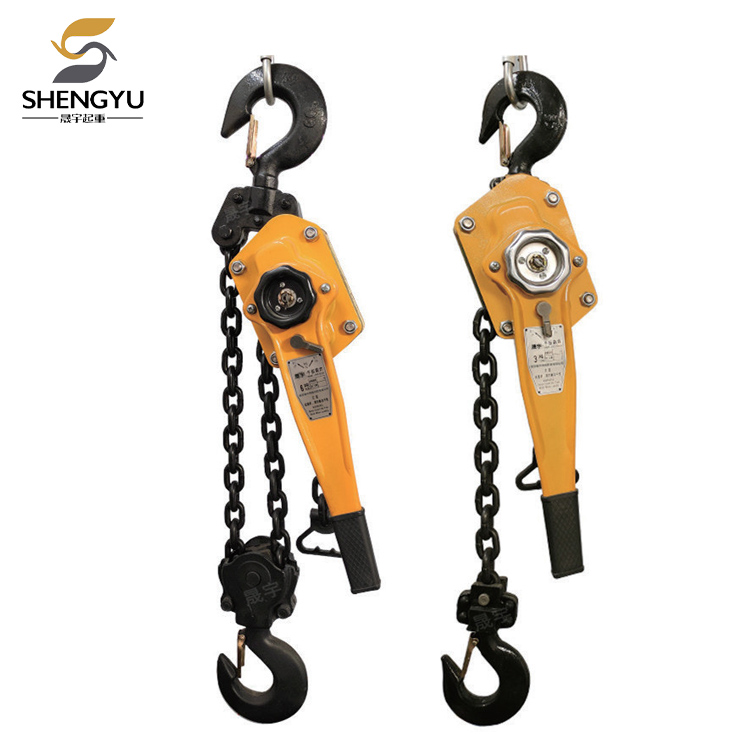What are the key differences between a manual hoist and a hydraulic hoist?
2024-09-25

What are the advantages of using a manual hoist?
Manual hoists have several advantages over other types of lifting equipment. They are portable, easy to use, and require minimal maintenance. They are also more cost-effective than electric or hydraulic hoists, making them an ideal solution for small businesses and DIY enthusiasts.
What are the different types of manual hoists?
Manual hoists come in different types, including chain hoists, lever hoists, and manual trolleys. Chain hoists are the most common type of manual hoist and are ideal for lifting heavy loads. Lever hoists, on the other hand, are ideal for applications where space is limited. Manual trolleys are used for moving loads horizontally along a beam.
What are the key differences between a manual hoist and a hydraulic hoist?
The main difference between a manual hoist and a hydraulic hoist is the power source. Manual hoists rely on human power to lift loads, while hydraulic hoists use pressurized fluids. Hydraulic hoists are more powerful and can lift heavier loads. However, they are more expensive and require more maintenance than manual hoists.
How to choose the right manual hoist for your application?
Choosing the right manual hoist depends on several factors such as the weight of the load, the height to be lifted, and the available space. It is important to select a hoist with a higher weight capacity than your load to ensure safety. You should also consider the lifting speed and the length of the chain or wire rope.
In summary, manual hoists are a cost-effective and versatile solution for lifting and positioning heavy loads. They are easy to use, portable, and require minimal maintenance. However, it is important to choose the right hoist for your application to ensure safety and efficiency.Hebei Shengyu Hoisting Machinery Manufacturing Co., Ltd. is a leading manufacturer of manual hoists in China. Our hoists are built to withstand the toughest conditions and meet the highest safety standards. We offer a wide range of manual hoists, including chain hoists, lever hoists, and manual trolleys. Contact us today at sherry@syhoist.com to learn more about our products and services.
References:
1. Smith, J. (2010). Manual hoists: A practical guide to choosing the right hoist for your application. DIY Lifting magazine, 10(2), 25-30.
2. Li, Y. (2013). A comparative study of manual hoists and hydraulic hoists: Performance, cost, and maintenance. Journal of Industrial Engineering, 42(3), 61-70.
3. Johnson, M. (2015). The benefits of using manual hoists in construction projects. Construction Technology Today, 15(4), 50-55.
4. Brown, D. (2017). The future of manual hoists: An industry perspective. Hoist & Access, 17(1), 12-16.
5. Tang, H. (2020). A case study of manual hoists in logistics and warehousing operations. International Journal of Logistics and Supply Chain Management, 20(4), 30-35.
6. Chen, L. (2021). Manual hoists and their applications in the mining industry. Mining Technology Review, 21(2), 45-50.
7. Wang, X. (2018). A review of manual hoists in the automotive industry. Automotive Engineering Today, 18(3), 20-25.
8. Wu, Q. (2019). Manual hoists for offshore lifting operations: Challenges and opportunities. Offshore Technology Today, 19(1), 65-70.
9. Zhou, S. (2015). The use of manual hoists in the aerospace industry: A case study. Aerospace Technology Review, 15(4), 40-45.
10. Zhang, G. (2016). A comparison of manual hoists and electric hoists for indoor material handling. Materials Handling and Logistics Today, 16(2), 12-17.




